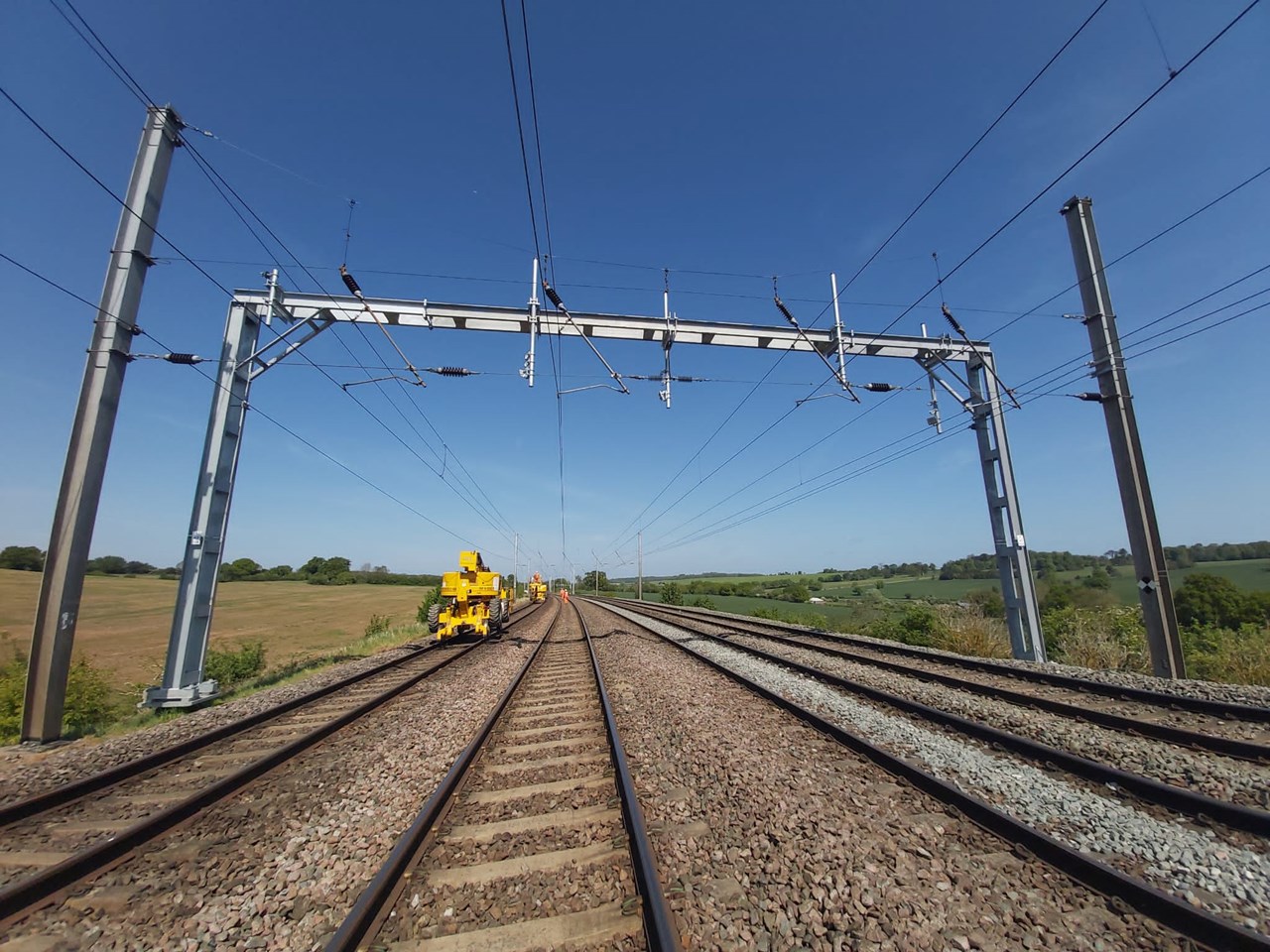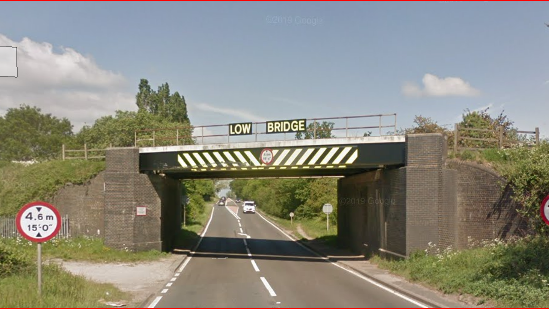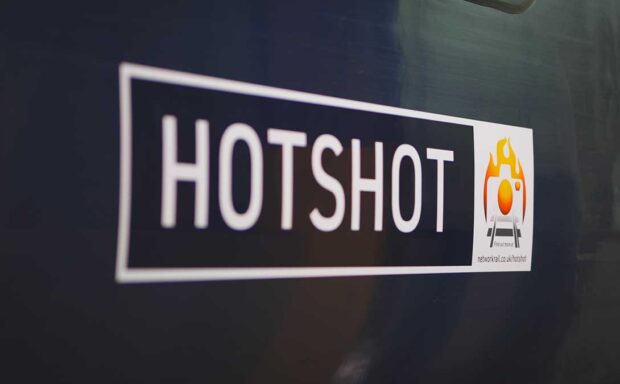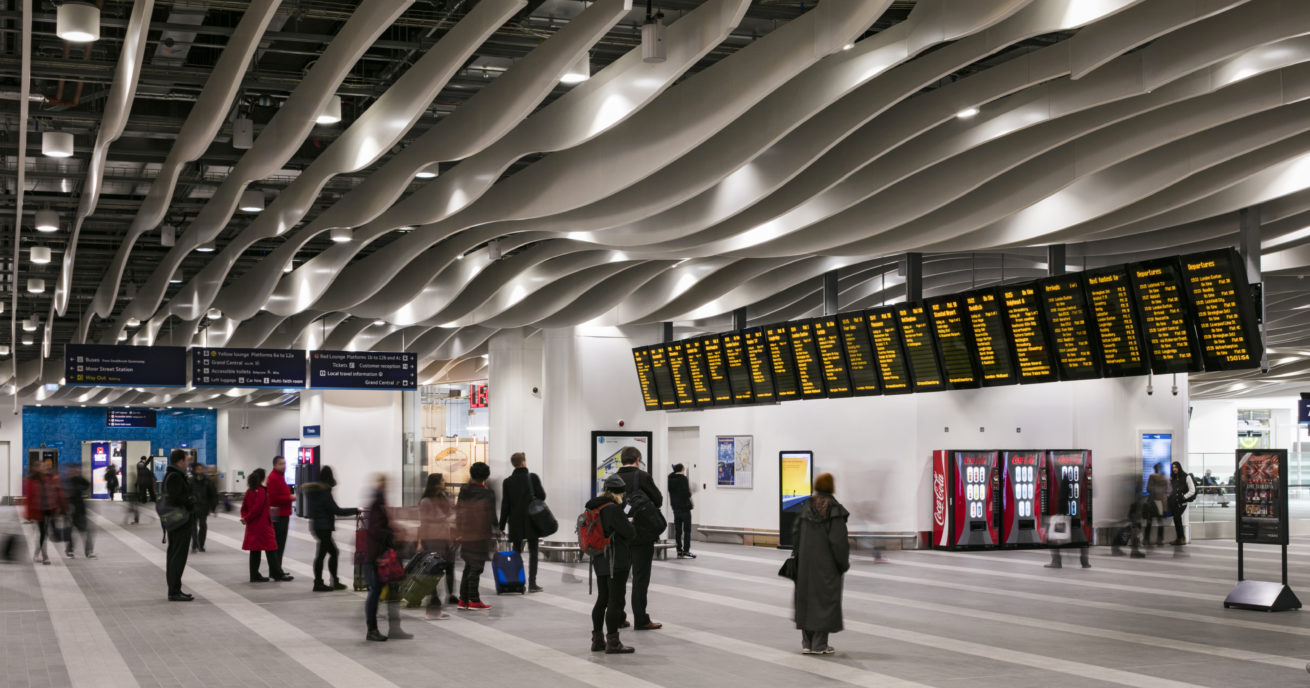We’re using a new technology that will help us keep more of the railway open while carrying out work on the track. And all in a safer, faster and more efficient way.
A virtual wall
This system is innovative tech we’ve used since January 2023 that creates a virtual wall around our machinery on the track. It’s fitted onto our machinery used to work on overhead line equipment (OLE) – that’s the overhead wires and supporting infrastructure that power electric trains. The tech works by limiting the space that the machinery can move within. This creates a virtual wall the machinery – and our teams – can’t breach.
Rob Marshall, a workforce health, safety and environment advisor at Network Rail, describes the technology as “revolutionary to the rail industry”.
He said: “It allows us to work on more than one line at a time. It allows us to work at the side of live lines. So, in other words, we’re running trains around us.”
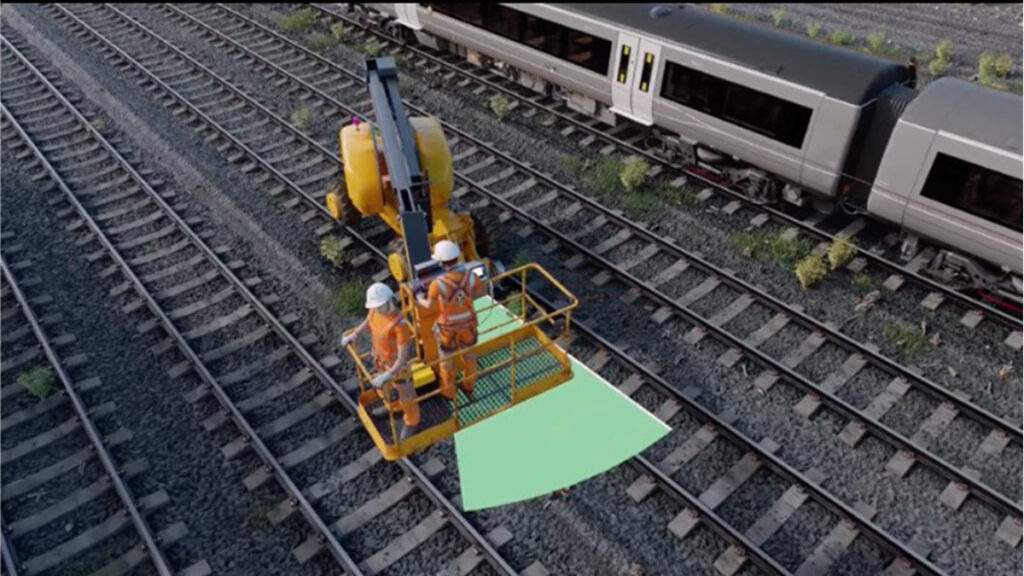
Helping keep passengers and freight moving
This new tech has allowed us in many instances to keep more lines open when working on the OLE around the track. We don’t have to block off as much space when working because the virtual wall gives us a safe barrier between the machinery and the rest of the track.
For example, it’s helped us carry out work around track without the need of blockades, which close multiple lines of track – and can disrupt your journeys. We can now work safely on a middle line of a four-track railway while two of the lines stay open. This means more trains and freight can continue running, even while we’re working nearby.
We can use the virtual wall at night as well as during the day, allowing us to plan our works in a way that causes minimal disruption to you.
A safer and smarter way of working
The virtual wall has also helped us work more efficiently. Avoiding a big blockade lets us work faster – saving time and money.
Robert said: “We are actually getting more productive; we are being safer.”
Safety is another important feature of this tech. It designed to work even if one element of it fails – it’s fail-safe. That means the virtual wall stays in place until we reset the system when safe to do so.
We’ve got over a 100 staff trained to use the virtual wall and are already seeing the benefits. It’s helping us give you a safe, reliable and modern railway with minimal disruption.
